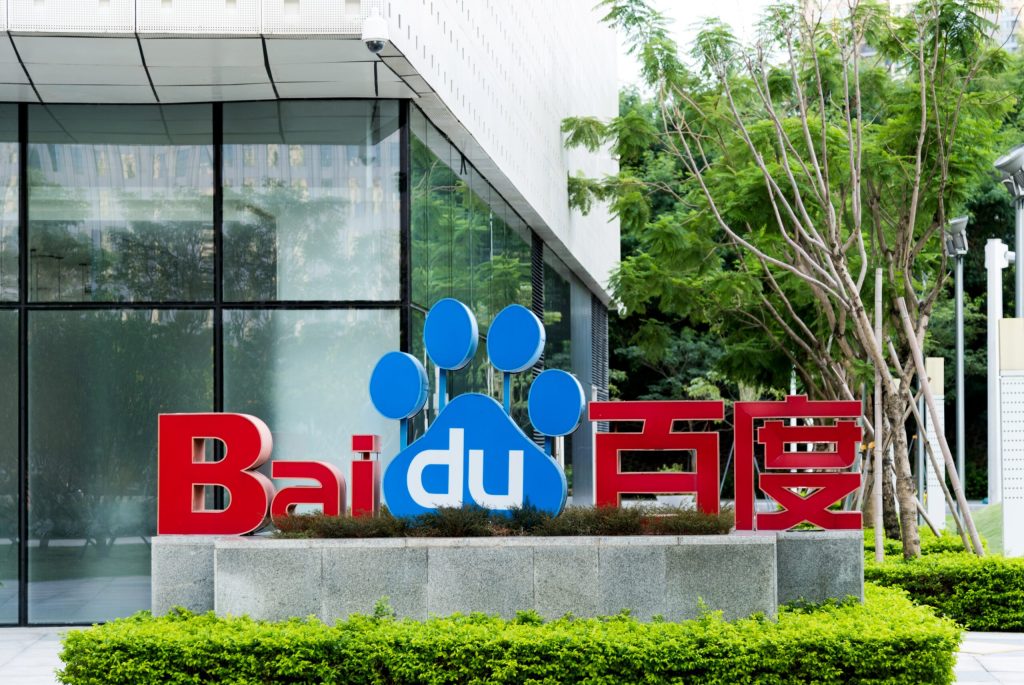TLDRs;
Baidu has launched MuseSteamer, a groundbreaking AI model that creates cinematic 10-second videos from a single image.
MuseSteamer ranked first globally on the VBench I2V benchmark, highlighting Baidu’s leadership in AI video generation.
The user-friendly Huixiang platform makes MuseSteamer’s powerful capabilities easily accessible to content creators.
Baidu is targeting enterprise users with multiple tiers of MuseSteamer, reflecting a strategic push for commercial AI adoption.
Baidu has unveiled its latest breakthrough in artificial intelligence with the launch of MuseSteamer, a state-of-the-art video generation model that pushes the boundaries of what AI can create from static images.
Alongside the model, Baidu also introduced Huixiang, a creative platform designed to make high-quality video content creation more accessible to both professionals and enthusiasts.
From Image to Cinematic Clip
MuseSteamer allows users to transform a single image into a ten-second, full-HD cinematic video complete with realistic character micro-expressions, dynamic camera movements, and synchronized audio elements. The model blends visual effects, voiceovers, and sound design in a seamless and intuitive way, significantly reducing the technical barrier to entry for AI-generated video.
Baidu claims that MuseSteamer achieved a total score of 89.38 percent on the VBench I2V benchmark, ranking it first globally among image-to-video generation systems. The VBench ranking is one of the most recognized evaluations in the space, assessing models on a range of criteria including realism, coherence, and audio-visual integration.
Huixiang Platform Simplifies Access for Creators
The Huixiang platform accompanying MuseSteamer offers a clean, user-friendly interface that simplifies advanced video generation workflows. It is tailored for content creators looking to integrate AI into their production process without sacrificing quality or creative control. With MuseSteamer at its core, Huixiang opens up new possibilities for short-form storytelling, marketing content, and digital experiences, especially within the Chinese-language media market.
This development underscores Baidu’s growing momentum in the generative AI space, a field long dominated by Western tech giants. With the release of MuseSteamer and its previous ERNIE 4.5 large language models, Baidu is positioning itself as a serious contender in AI innovation.
The company’s focus on multimodal capabilities, especially those optimized for Chinese users, reflects a broader strategy to meet regional content demands while challenging international players on technical excellence.
Enterprise-Focused Strategy Reveals Commercial Vision
MuseSteamer’s arrival also signals a shift in the competitive landscape of AI video generation, an area that has rapidly evolved from experimental demos to commercially viable tools. As more businesses adopt AI to streamline their content creation pipelines, tools like MuseSteamer offer a compelling value proposition: high-end video output at a fraction of the time and cost traditionally required.
Baidu appears to be targeting enterprise adoption from the outset, as the model is being offered in multiple tiers including Turbo, Pro, and Lite versions. This tiered approach suggests that Baidu is focused on scalability and serving a wide range of business needs, from marketing agencies and media companies to smaller creators and startups.
A Unified AI Ecosystem Across Baidu Products
The launch also complements Baidu’s broader AI push, including the recent overhaul of its core search engine. New upgrades to Baidu Search allow for longer text input and multimedia queries, transforming the traditional search box into a gateway for content generation tools powered by the same underlying AI infrastructure that supports MuseSteamer. This reflects an integrated strategy where every product becomes a node in Baidu’s expanding AI ecosystem.
As China races to establish leadership in generative AI, Baidu’s latest move cements its position as a frontrunner. MuseSteamer not only sets a new technical standard but also reveals a roadmap for how video generation can evolve into a mainstream tool for businesses and creators alike.

